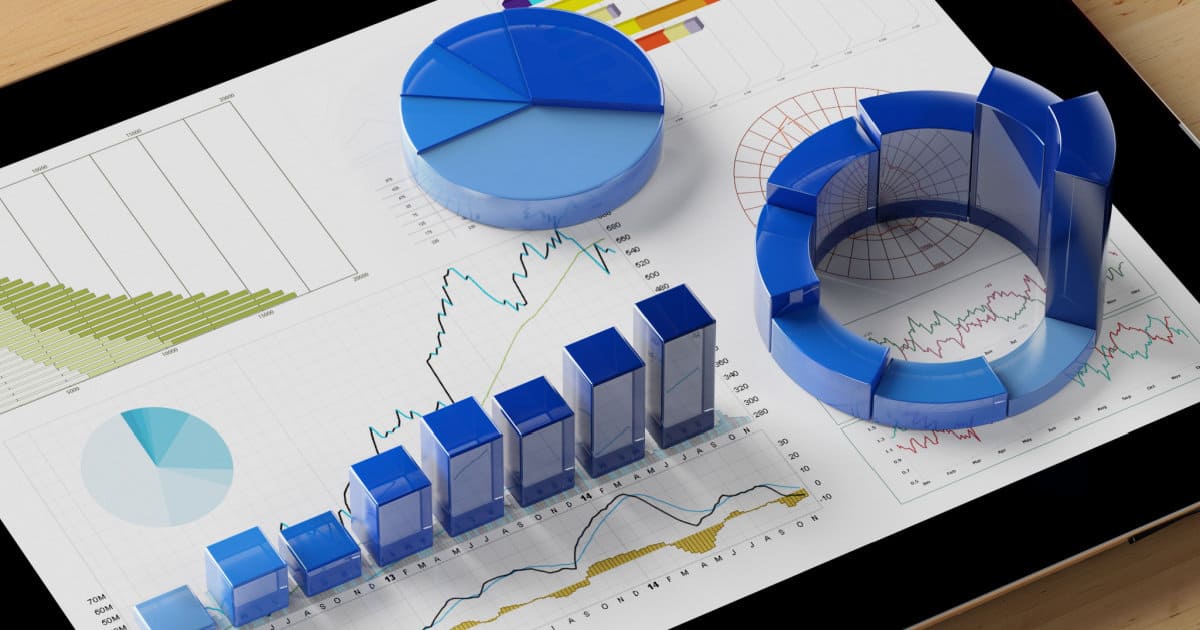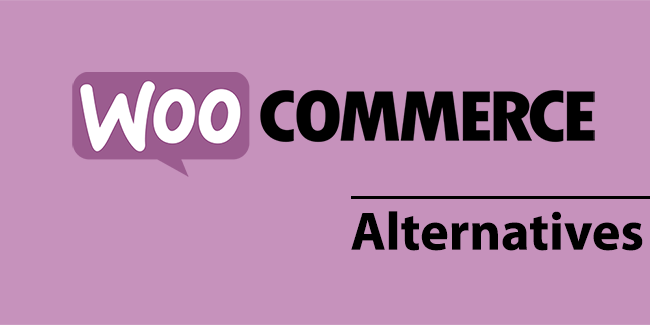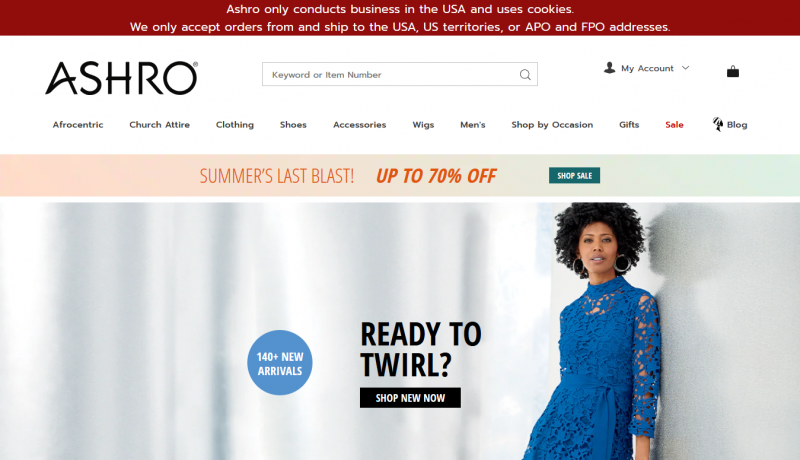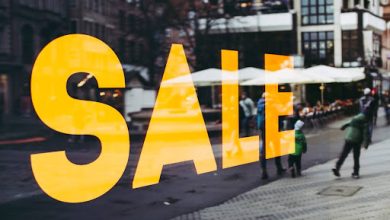Elevating Your Product Listings: Strategies and Tools for Success

Are you an e-commerce marketer who is always updating your homepage and product detail pages?
Well, there’s one important thing you might be missing – your product listing page.
Often seen as category pages or search results, these pages are like a catalog for your online store.
But they’re more than that; they can significantly improve the shopping experience and, when optimized, turn visitors into customers.
Viewing your product listing pages indicates that someone is interested in what you have to offer. This is your opportunity to direct them to the product pages and persuade them to buy.
Using AI website builder tools like Hocoos is one simple technique to optimize your listing page.
In addition, you can enhance your product listing page and increase sales by utilizing these ten useful tools and techniques. Top of Form
What Is A Product Listing Page?
Product listing pages, also known as category landing pages, are online pages that display products according to selected categories or search criteria.
Visitors can learn more about the products and add them to their cart by following the links on these pages to comprehensive product pages.
In order to better serve various customer intentions and enhance user experience, you must optimize your listing pages.
Some customers know exactly what they want and search for things that fit their needs. Some people like to browse and use PLPs to identify goods that fit their needs.
Beyond ease of use and navigation, properly configured PLPs have other advantages. They can raise user engagement, increase conversion rates, and enhance your website’s SEO.
Important Elements in a Product Listing Page
Here are some key components that you need to add to a product listing page:
You should write search-engine-optimized, succinct titles. If you offer shoes, for instance, you may organize your titles according to the brand, style, size, and color. In this manner, prospective customers may locate what they need and swiftly verify important data. Top of Form
Category Name
Verify the products’ placement in the appropriate categories. Customers may now search more quickly thanks to the parent and subcategory breadcrumbs displayed.
Description
To enhance SEO and discoverability, develop comprehensive product descriptions that use pertinent keywords. But watch out that you don’t go over the word or character limit.
Images
To instantly capture clients’ attention, use homogeneous backgrounds with high-quality product photos. Keeping the pictures consistent is also crucial.
Filter Menu
Provide a filter menu to make it simple to search for items based on features such as cost, availability, size, color, and style.
Price
On the page, you must also show the cost details. Do your homework, establish competitive prices, and draw attention to any special offers, such as free delivery or buy one, get one free.
Sorting Menu
Provide a dropdown menu with options for sorting. Users can use this to arrange products according to price, ratings, or the newest arrivals, among other parameters.
CTAs (Call to Action)
To get clients to take action, it’s critical to have a strong call to action (CTA). Consider phrases like “Add to cart now!” or “Save to Wishlist,” which have buttons that are easily accessible and convey a sense of urgency in the content.
Importance of Product Listing Page
There are various reasons why PLPs are crucial to the success of e-commerce platforms.
Higher Conversion Rates
Clear Call-to-Action (CTA) buttons on well-designed PLPs direct customers to the product pages or the checkout. Making the journey from discovery to purchase simpler raises conversion rates.
SEO and Visibility
Adding pertinent keywords and descriptions to PLPs enhances their exposure in search engine results. This drives more natural traffic and prospective buyers to the e-commerce website.
Improved User Experience
PLPs provide a structured way to show different goods within a category or search term. Users can now browse, compare, and find what they need without difficulty, thanks to this.
Informed Decision-Making
PLPs assist consumers in making better decisions by providing important product information such as descriptions, photos, pricing, and ratings. Users can locate products that better suit their needs with the aid of filters and sorting tools.
Inventory Management Support
PLPs give a comprehensive picture of all the products that are available, which helps with effective inventory management. Businesses can use this to launch new products, remove discontinued ones, and keep an eye on stock levels.
10 Powerful Tools and Strategies to Optimize Your Product Listing Page
After learning how to organize your listing pages, try these ten tactics to make the most of them:
Improve Your Product Listing Display
How you present your products significantly influences customer interaction. Two common options are grid and list views:
- List views: While requiring more scrolling, list views showcase additional product information. This makes it convenient for shoppers to compare attributes like dimensions or features.
- Grid views: Ideal for image-centric sites, grid views allow customers to easily browse and compare products side by side. They work well when detailed descriptions aren’t needed beyond the product titles.
Make The Listing Page Easy To Discover
When people search for products online, almost half (49%) turn to search engines first. To have your items appear in search results, your listing page needs to be search engine optimized (SEO).
Here’s how you can improve the SEO of your page:
- Optimized URL: Keep your URL concise. Include the keyword and use hyphens to separate words for clarity.
- Title tag: This acts as the headline for the product listing page. Include relevant keywords to create a well-crafted title.
- Meta description: This brief description outlines what your listing page offers. Keep it within 150 to 160 characters and make it impactful.
Focus on Page Loading Speed
Make sure your product listing pages load in two seconds or less. Whether customers reach your menu or land on a PLP through a Google search, a slow loading time can be a significant obstacle that disrupts their shopping experience.
Did you know that 47% of people anticipate a webpage to load within two seconds, and 40% are likely to leave a site if it takes more than three seconds to load?
Showcase Product Features With Videos
Most marketers (89%) use embedded videos to keep online customers engaged because video is a persuasive tool. About 89% of consumers admit that watching a video has influenced their decision to buy a product or service. If you plan to include video content on your product listing page, pay attention to the technical details.
Here are a few simple tips:
- Keep it brief
- Optimize for SEO
- Add alternative text and captions
You don’t have to create a video for every product; focus on items with standout features.
Improve the Shopping Experience with Personalization
Tailoring the shopping experience can improve conversions and assist shoppers in finding products. Personalization is recognized for reducing bounce rates by 20 to 30% and creating customer loyalty.
A simple way to personalize the experience is by showcasing complementary products that match individual interests.
Generate Excitement With Smart Messaging
Do you have standout products, a devoted fanbase, or 5-star reviews? Highlighting this information on your product listing page can significantly impact conversions. Make sure it catches the eye right away using these messaging tricks:
- Urgency tactics: Create a sense of urgency with “low stock” alerts for popular products.
- Social proof: Add user-generated content like online reviews to build trust and improve conversion rates.
Provide Relevant Information
On your product listing pages, showcase only the details that guide customers in making purchase decisions. This may involve star ratings, discounts, reviews, color and size choices, bestsellers, stock availability, and concise yet comprehensive descriptions.
Thoughtful Pricing Presentation
The way you display prices on your listing page involves a psychological aspect with many considerations. Think about how shipping costs impact the total, if there’s bundle pricing for related products bought together, or whether you offer payment installments.
Shoppers want to see this information before deciding to add an item to their cart.
Here’s how to win customers over:
- Provide free shipping: If you provide free shipping for orders over a certain amount, inform customers how close they are to the threshold.
- Highlight discounts: Clearly showcase the new total price alongside the percentage discount if an item is on sale.
Implement Fast Add-to-Cart Buttons
For items that don’t need much thought, consider adding quick add-to-cart buttons. These simplify the checkout process, especially for returning customers or those buying everyday items like groceries.
Additionally, for pricier or more intricate products, include add-to-wishlist buttons to enhance conversions.
Use an AI Website Builder Tool
You can also use an AI website builder to create and optimize your product listing pages. With intuitive design tools and automated features, it makes the entire process easier. You can easily create a visually appealing layout with all the necessary information in just a few minutes.
Conclusion
Product listing pages guide users to individual product pages, thereby increasing e-commerce sales. Optimizing these pages directly impacts conversion rates and provides a better chance to turn visitors into customers. You can use these strategies to discover what suits your online store best and drive more sales.




